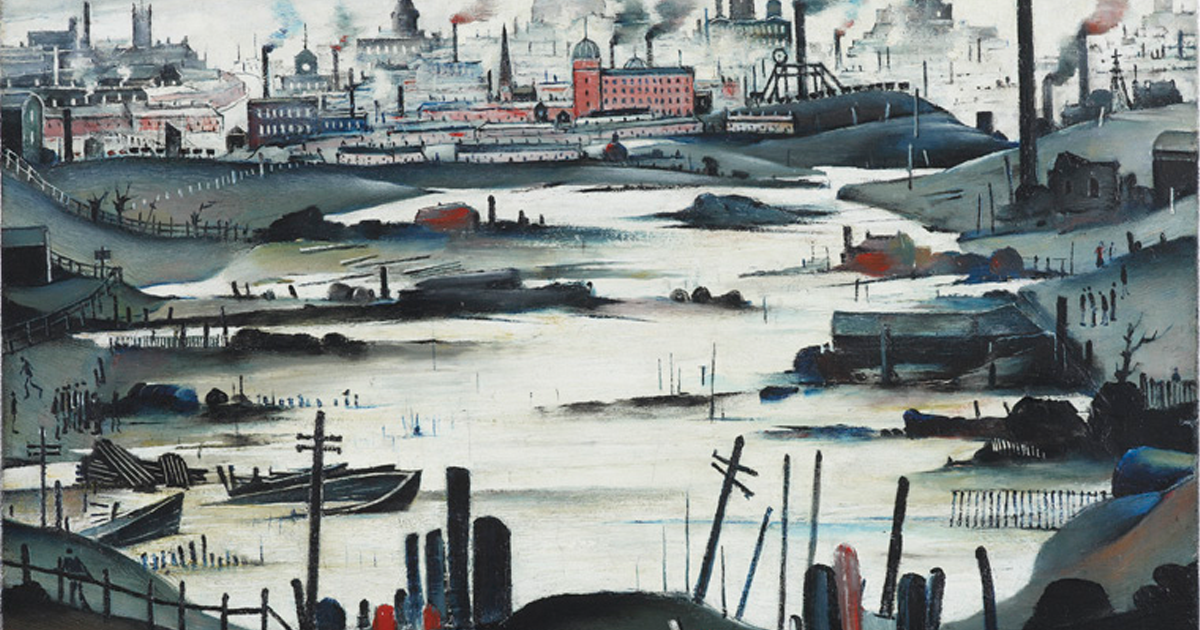I recently hosted a webinar with CIMSPA, you can view the webinar along with a host of other great and free to use content over on the Digital Marketing Hub (a Typeface website, more to come on that).
The Digital Marketing Hub, a free online resource and learning hub, it’s geared up to help anyone involved in sport and physical activity in England improve their digital marketing. While a lot of the content on the DMH is geared towards professionals in the leisure and sports industry, there’s a huge amount of great content there which can apply to all types of businesses; it’s a great resource so do check it out. The following has been re-written to apply to companies in a more general sense, so if you’re wondering where to start with your website, or how to improve your online presence then this article is for you. Let’s get started.
I’ll be breaking this article in to three separate posts:
- Section 1 – Making your website relevant and easy to understand
- Section 2 – Building branded assets
- Pulling all that together – Optimising your website for humans
Section 1 – Making your website relevant and easy to understand
There’s a whole industry based around manipulating google. Paid search campaigns can be valuable, as long as the pot at the end of the rainbow is geared up to convert.
Any off-site SEO you invest in is going to succeed or fail based on the quality of the endpoint, your website.
From a content creation and optimisation point of view, you don’t need a huge amount of technical
knowledge to create something that’s easy for google to find and navigate. As long as you don’t try to pull any tricks and simply design for human beings, you’re already doing better than 90% of the web.
Google is designed to act like a person, if your website is easy for people to use, easy to navigate and the
information is relevant to them then It’s going to get on well with Google. Not just in the short term
either; you can — and should — tweak and test your content to refine your search visitors and granulate your audience. As you build on your website and make it more relevant, you’ll start to see long term impact.
1 Optimising the homepage
- We use the homepage to drive users to relevant parts of the website. An index page is a dated way of thinking about things, think of your home page as the front cover and inside two pages of a magazine. It needs to be:
- interesting enough for people to want to click in to the website and informative enough to pique their interest.
- It also needs to offer immediate tools for contact and interaction.
- Your home page should show a vertical slice of the company, while being clear to understand and easy to use.
The homepage should contain:
- Value proposition, inviting the user to learn more about the company and the unique way you work — Usually presented as a hero area, it should be informative and lay out exactly what you offer. What do you offer? It’s usually an outcome or a result.
- Your service offering, showcasing core services.
- Tell us about the company and invite us to discover more – Use words like discover and learn, the web is littered with read mores.
- A general contact form, with a dropdown allowing the user to specify the service they’re interested in.
- News and resources, for the curious.
- Any professional credentials and qualifications.
- A call to action.
- Optional: a data capture, such as a download
- Contact details – Ideally these should always be optional and you should have multiple points of contact.
2 Service offering
The idea is that we should give the user relevant information on each service or product. —
That would include pointing them to relevant articles in the blog, FAQS, etc. Each service page should contain elements that are relevant to that service, right down to the final CTA
We want users to keep clicking around the website, absorbing more of your company while they
decide whether or not to contact you.
If you have a more general service offering that applies to different sized clients. It’s a good idea to
present services as audience personas. Break your client base in to three individuals. Each persona (small business, department manager, team leader), will have their own sets of needs and goals.
A Persona can even be a type of business businesses (small, medium, enterprise) It can be a goal or set of goals or a combination of products and services.
Tell these personas how your product can apply, scale and adapt to the different issues they’d face.
3 Relevant content
Google naturally looks for relevant content, instead of trying to cast a wide net, keep your content
relevant.
Optimising your website for the type of client you want to work with means showing your potential
client that you’ve thought about and can answer their questions. That’s easier to do if you’re using your website to reinforce your service offering by showing examples of past client success, laying out your processes and talking about your approach.
It’s much more difficult to appeal to everybody, you’ll find yourself doing more work for less impact. Start by taking a look at your client base and breaking them down in to three personas to market to.
4 Show what you do
Testimonials aren’t one-size-fits-all. Some companies can talk about their clients and some can’t. You can’t help it if you can’t talk about your work, but you can use storytelling to speak about client goals and show expertise with examples of how you’d deal with those problems.
The point of a testimonial is to wrap your product and product outcomes in to a story that your user can relate to. Lay out the goals for the project, and then show the outcome. Because I work in a visual medium I can literally show what I do, but a quick quote or testimonial from the client does the same thing. A great testimonial page would include those client goals and show how you’d use your processes, frameworks and products to answer their questions. Include relevant articles and blog posts, and highlight services to lead in to. Offer a way for the user to enquire about the service spoken about, and invite them to find out more about your service offerings.
5 About the company
Most about pages are unreasonably dry. Which makes no sense. Nobody knows more about your company than you do, and If I’ve hit your about page then I want to know more about you. Show yourself and your staff. Headshots and photography go a long way here. Decent headshots should be one of the first non-logo brand assets you consider paying for. And do pay for them, find a local portrait photographer who works in a style that you like and let them do their thing. You’ll hate your headshot, that’s normal; everybody does.
Talk about your staff if you have them. They’re your best assets, your brand ambassadors and they’re probably the people who will be interacting the most with your clients. Show them off.
Show company-related blog posts Show social feeds and give users the option to interact with you via those Tell us about the company, where did you start, why did you start. Tell us about your ethos and your goals. Do your morals drive the business? Tell us about that. Big wins, landmark clients, shining testimonials. Anything that shows you company in the best light.
A year is a long time so don’t try to do everything
The idea is to rethink how we approach our company website, and to think like the end user, form habits but not to chain ourselves down. Talking about your business and your successes should be the fun part, so make it easy to talk about those things. Whatever you do, don’t try to do everything all at once. Some businesses will benefit from a more personal touch, some businesses are results orientated and highly polished.
Different types of client react differently so it’s important to look at your client base and meet their
expectations. You know what they want and how to get them there so use your website to showcase that.
Don’t burn yourself out
Treat your website like any other client. Put time to one side each month for your business. — And don’t worry about finishing anything.
Ask for help, and lean on your network.
You’re not all competing in the same space for the same clients and by sharing knowledge you elevate your industry.
Things to keep in mind
- Know your brand and your tone
- It’s important to keep things on brand and to keep your tone consistent.
- Look at your competition and take notice of what they’re doing, but don’t copy them.
- Don’t follow trends because trends date very quickly.








